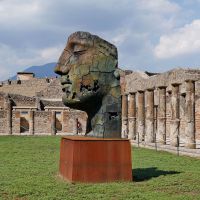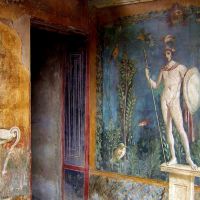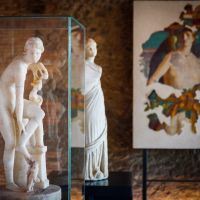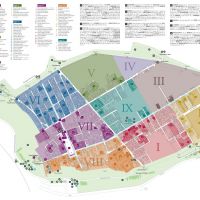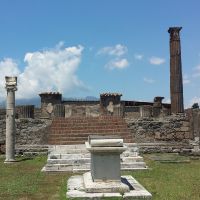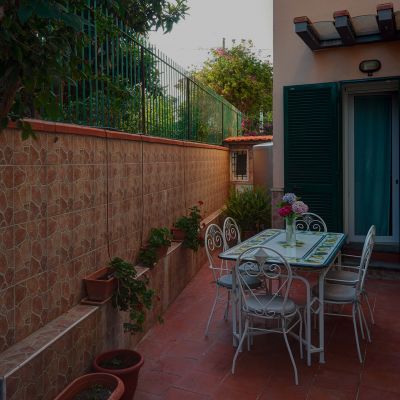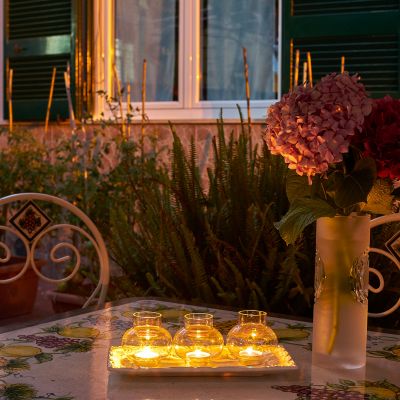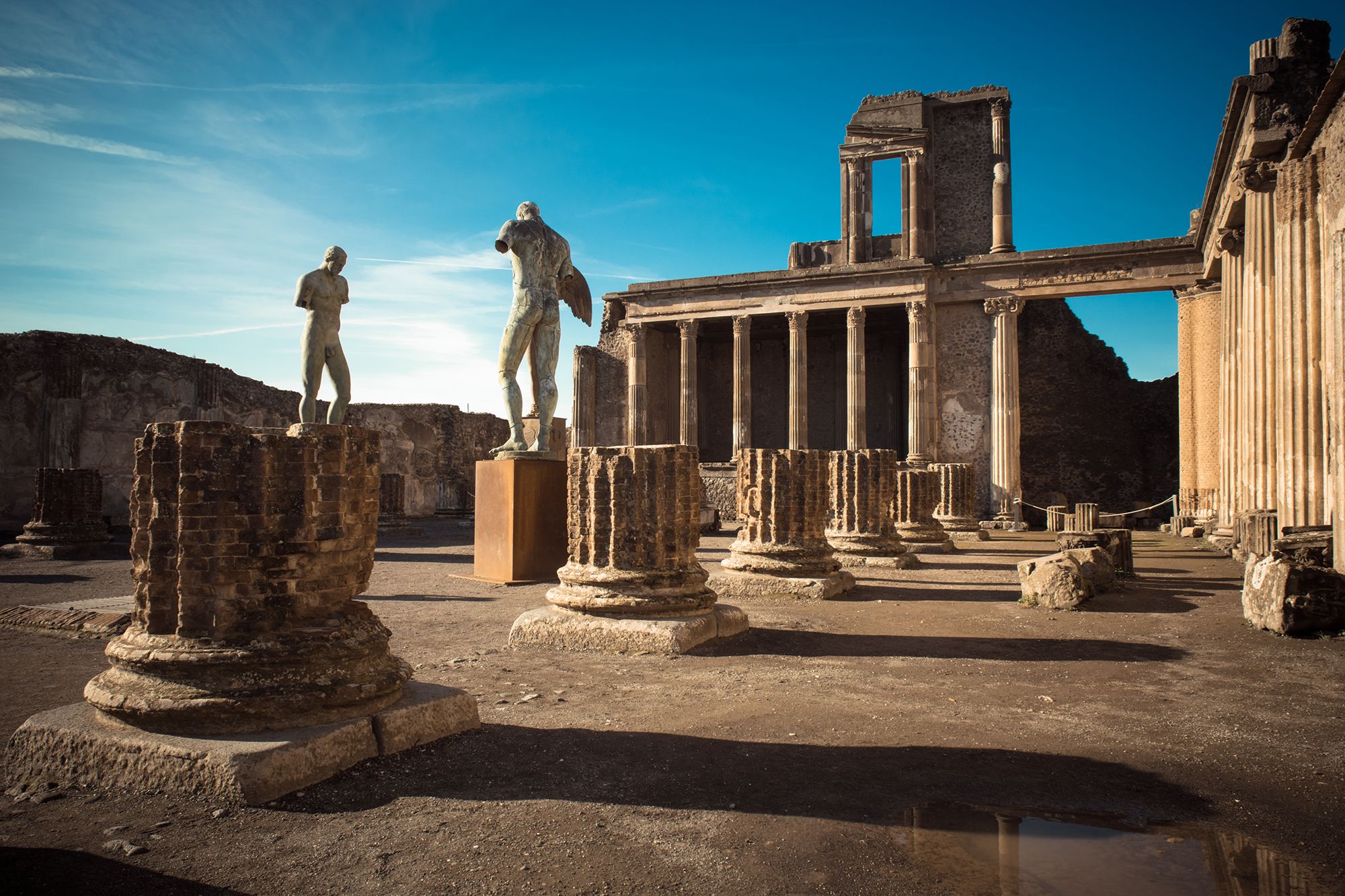
A excavated city largely preserved under the ash.
A unique snapshot of Roman life, frozen at the moment it was buried
Pompeii is an archaeological site near Naples, southern Italy, featuring the ruins of an ancient Roman town destroyed in 79 AD by the eruption of Mount Vesuvius.
History of Pompeii
Founded in the 8th century BC, in the 1st century AD Pompeii was a wealthy port town and vacation resort, quite popular among affluent Roman citizens; most studies estimate in 10,000 to 20,000 the number of inhabitants of the town at the time.
In 79 AD, probably on August 24th (not all scholars agree on that day), a sudden eruption of Mount Vesuvius thrown a gigantic cloud of volcanic gas, ash, and molten rock towards the sky, reaching an eight of miles 26 kilometers / 16 miles. Thereafter, incandescent pyroclastic flows, toxic gas clouds and rain of ash and pumice fell on Pompeii, killing thousands and burying the town under a dense layer of volcanic dust, 20 to 32 feet thick, yet leaving many buildings largely intact except for the roofs, most of which collapsed.
The rediscovery
After the disaster, with the old town covered by a shroud of volcanic dust, Pompeii was forgotten for centuries.
It was only in 1748, following the fortuitous discovery of the ruins of Herculaneum ten years later, that a series of excavations ordered by the King of Naples eventually led to the rediscovery of Pompeii.
Despite over two centuries have passed by, the archaeological excavation still continues today, since it is estimated that only two-thirds of the ancient town has been uncovered so far, and only one third is open to the public.
But what the ancient Pompeii looked like and what we know about it?
The town occupied about 66 hectares / 163 acres and was encircled by 2-mile long city walls provided with seven gates; it was a mid-sized town located in a panoramic site overlooking the Mediterranean sea, very close to the southern side of the Vesuvius; it is believed that the climate was colder in ancient times than it is today, and paleobotanical studies suggest that Pompeii was surrounded by fir tree forests, orchards, and cultivated fields.
The town was quite wealthy, due to its being both a mercantile center and a leisure destination, and it featured basalt stone-paved streets and magnificent buildings, including six bathing complexes, theaters, stadiums, swimming pools, temples, hotels, a large number of shops – there were 34 bakeries which produced many types of bread and even dog treats -, bars and restaurants, thermopolia (the Roman equivalent of modern fast foods), private villas, and imposing public buildings.
As in most Roman cities, the urban fabric was based on a rectangular grid, with the Forum and main public buildings roughly at its center, while theaters and sports arenas were built adjacent to the city walls.
The archaeological site today
Pompeii is one of the world’s most visited archaeological sites, with about 3 million visitors in 2015. As mentioned earlier, 35 percent of the town, about 500 buildings, is currently open to the public. Yet, what makes Pompeii exceptional is not its extension, but its unique character of being an ancient town “frozen in time”.
Many private buildings still retain part of their original decorations, such as those adorning the Villa of the Mysteries, the House of the Faun, the House of the Orchard, the House of Venus in the Shell, the House of the Vettii, the House of the Tragic Poet, and the Villa of Diomedes, among others. The decorative apparatus of Pompeii’s buildings included the famous fresco paintings whose four styles, spanning more than two centuries of artistic evolution, substantially inspired the art of the 18th and 19th centuries, and especially Neoclassicism.
Although many artifacts recovered on site are now on view at the Archaeological Museum of Naples and in the Museum of Boscoreale, in the Antiquarium, the small museum which is part of the archaeological site, the visitors can see the famous plaster casts of the inhabitants caught in the moment they were killed during the eruption, as well as mosaics, frescoes, sculptures, and architectural decorations.
The Pompeii site visitor services include a cloakroom, a restaurant-bar, and a bookshop.
Pompeii can be reached from our Houses "Il Gatto Rosso" or "Villa Ella" in about 15 minutes by car, or train(Circumvesuviana).

